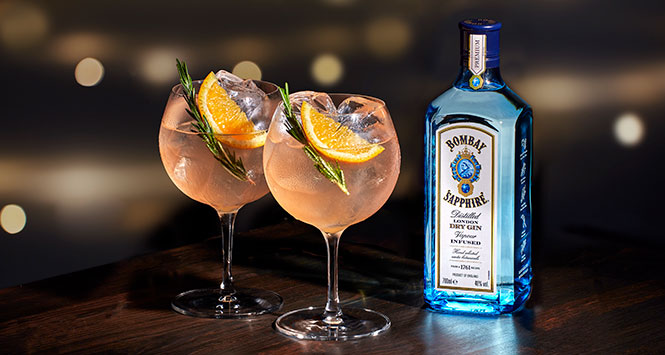The latest First Drinks Spirits Report shows that the category is showing impressive growth in the convenience channel, but to make the most of it, local retailers must be aware of trends and purchase drivers.
By Kevin Scott
There aren’t many categories that carry out as much self-analysis as beers, wines and spirits. High purchase prices and ever-changing trends lead to suppliers keeping a watchful eye on every last number. And occasionally these numbers are collated in lovely hardback books – such as this month’s First Drinks Market Report 2012, which examines the spirits category in 72 glossy pages.
As ever with many of these reports, it takes a look at the overall UK picture, so Scottish trends aren’t taken into account – although with vodka (31%) and blended whisky (23%) the leading categories by volume, any changes will be subtle, and brand led. Incidentally, gin follows in third with a 10% share, before everything else forms into niches. This is overall though, and really, we want to be examining what’s happening in the convenience channel, but first, a word from him!’s Tom Fender: “Don’t be deluded into thinking that a recession leads all shoppers wanting value lines. 26% of shoppers want local stores to sell more well-known brands and 15% state they want more premium lines listed. As customers cut back on more “big ticket” lines, they’re happy to spend more on life’s affordable luxuries.”
Across the UK’s 48,000 convenience stores, spirits managed to pull in an impressive £750m, which is up 6% – faster growth than the 5% in the multiples.
Like the overall market, the dominance of vodka and blended whisky is plain for all to see, (43.1% and 24.8% respectively). Gin in convenience has only a 5% share, and beyond that, we’re looking at brandy with 4.7% and American whiskey with 4.1%. The message is that while it’s advisable to offer a strong range, vodka and blended Scotch really should be taking up around two-thirds of your fixture space.
The opportunity comes from encouraging more customers to make a spirits purchase. Staggeringly, only 1.2% of convenience shoppers buy spirits. That, every retailer will admit, is an opportunity. One way to help grow these sales is to move high-selling brands out from behind the counter onto the shop floor, let your customers touch the product, browse, and maybe then they’ll be more likely to spend more money.
What the report also mentions is that premium spirits continue to outgrow the market so although the turnover may be slower, being able to offer your customers more premium offerings could be a sensible investment – particularly when it comes to malt whisky, which accounts for 64.5% of all premium spirits sales in the off-trade, followed by Cognac, with 13.1%. ‘Premium’ is defined as being over £23.
+7% – value sales of American whiskey
+10% – value sales of vodka
67.9% – percentage share of vodka and blended whisky
20% of shoppers buy spirits in convenience stores as gifts







